There’s something magical about creating a sourdough starter from scratch. This sourdough starter recipe is where my bread-baking story truly began, and if you’re here, I’m guessing you’re ready to begin yours too. Within just a few days, you’ll transform flour and water into a bubbling, living culture that brings tangy flavor and beautiful rise to every loaf you bake. It’s equal parts science and kitchen alchemy.
The sourdough starter recipe fits perfectly into any lifestyle. Whether you bake once a week or every day, once your starter is alive, it becomes your baking companion. This recipe is for anyone looking to ditch commercial yeast, explore traditional baking, or simply experience the joy of making real bread from the most humble ingredients. I’ll walk you through the process in a calm, straightforward way, and yes, I’ll include tips from my own trial-and-error days.
Before you know it, you’ll have your very own bubbly, active sourdough starter ready to make THE BEST sourdough rolls, sourdough bagel, cinnamon sourdough rolls and much more!
Table of contents
- What Is A Sourdough Starter?
- How Quickly Can I Create a Sourdough Starter from Scratch?
- When Is My Sourdough Starter Perfect for Baking?
- Is it Difficult to Make?
- Why This Sourdough Starter Recipe Just Works
- Recipe Card
- My Best Pro Tips for a Healthy Starter
- Delicious Variants of the Classic Sourdough Starter Recipe
- Frequently asked questions about Sourdough Starter Recipe
- Bringing It All Together
What Is A Sourdough Starter?
A sourdough starter is a fermented mixture of flour and water that captures wild yeast and bacteria from the environment. This natural culture creates a bubbly, tangy, and strong leavening agent used in sourdough bread recipes. Unlike commercial yeast, sourdough relies on this fermentation process to rise, creating unique flavor and texture.
How Quickly Can I Create a Sourdough Starter from Scratch?
Creating a sourdough starter takes about 5-7 days. During this time, you’ll feed the starter with fresh flour and water filtered each day, allowing it to grow and ferment until it’s strong enough to bake with. Be patient! The reward is worth it.
When Is My Sourdough Starter Perfect for Baking?
Your starter is ready to use when it’s doubled in size within 4-6 hours after feeding, has a bubbly texture, and passes the “float test” (a teaspoon of starter floats in water). This typically happens around Day 5-7, depending on room temperature and environmental factors.
Is it Difficult to Make?
Absolutely not!! While making a sourdough starter might seem like a lengthy process, it’s actually quite simple and incredibly rewarding! With just flour, water, and a few minutes of your time each day, you’ll create a powerful, natural leavening agent that adds incredible flavor to your homemade bread. The recipe is easy to follow, no fancy equipment needed—just a jar, spoon, and a bit of patience. Sure, it takes 5-7 days, but the daily steps are quick and the results are worth it! Plus, once it’s ready, you’ll have a starter that lasts forever, making fresh, tangy sourdough bread anytime you want. Don’t wait—start your sourdough journey today and be baking in no time!
Why This Sourdough Starter Recipe Just Works
Creating a sourdough starter can sound intimidating, but it’s much more forgiving than it seems. What makes this sourdough starter recipe so effective is its simplicity. It uses only two ingredients, flour and water and relies on natural fermentation to cultivate wild yeast and lactic acid bacteria. There’s no need to add packaged yeast, pineapple juice, or sugar. Just patience and consistency.
I use equal parts filtered water and unbleached flour by weight, which ensures a healthy environment for fermentation. This balanced hydration makes it easy to monitor bubble activity, track growth, and avoid common pitfalls like mold or sluggish fermentation.
Another reason this recipe stands out? It’s flexible. You can use whole wheat, rye, or all-purpose flour, depending on what you have. Rye flour tends to kick-start fermentation faster, making it a great choice for beginners. I’ve also included day-by-day guidance below, so you always know what your starter should look and smell like.
Recipe Card
My Best Pro Tips for a Healthy Starter
- Temperature Control: Keep the starter in a consistently warm spot, ideally between 70-75°F (21-24°C). In colder environments, fermentation will slow, and in hotter conditions, the starter can ferment too quickly or spoil.
- Discarding: Don’t skip the step of discarding half of your starter. This ensures the right flour-to-water ratio, promoting yeast growth.
- Stiffness: The starter should have the consistency of thick pancake batter. Adjust water or flour amounts slightly if it feels too stiff or too runny.
How to Store
Once your starter is active, you can store it in the refrigerator. Feed it once a week with 60g flour and 60g water to maintain its strength. To use it again, take it out of the fridge, discard half, and feed it 24-48 hours before baking.
Delicious Variants of the Classic Sourdough Starter Recipe
Whole Wheat Sourdough Starter
This version is nutty and robust. Whole wheat flour contains more nutrients and wild yeast, so it ferments quickly. It’s perfect if you want a hearty loaf with complex flavor. Simply replace the all-purpose flour with whole wheat in your feedings.
Rye Sourdough Starter
Rye flour kick-starts fermentation like magic. It’s a favorite among artisan bakers because of its enzymatic activity and distinctive aroma. A rye-based sourdough starter is a great way to add earthy tones to dark breads like pumpernickel.
Gluten-Free Sourdough Starter
Gluten-free baking is possible with a little creativity. Try brown rice flour, sorghum flour, or a mix of gluten-free flours. It may take a bit longer to ferment, but once active, it performs well in GF sourdough bread recipes.
Apple-Infused Starter
This creative twist involves grating a bit of apple into your mix during the first day or two. The natural sugars and yeasts help kickstart fermentation and add mild fruity undertones. Be sure to remove the apple pieces after 48 hours.
Frequently asked questions about Sourdough Starter Recipe
It’s best to use filtered water. Tap water may contain chlorine, which can slow down or stop fermentation.
A sour, tangy smell is normal. However, if it smells like mold, throw it away and start over.
During the creation process, and even after your starter has been established, a dark liquid called “hooch” might appear. It indicates that your starter needs to be fed. It also has a very stinky smell, similar to rubbing alcohol or gym socks. This is normal. Don’t freak out. Any time you see this liquid, it’s best to pour it off, along with a small amount of any discolored starter present.
Bringing It All Together
Creating a sourdough starter from scratch might feel like a slow process, but it’s truly a rewarding one. This sourdough starter recipe gives you the foundation for rustic loaves with rich flavor and crisp crusts and it only gets better over time. Once you have a healthy starter, it becomes part of your kitchen routine, ready to elevate everything from pancakes to pizza.
If you’re craving real bread with tang and texture, this recipe is the gateway. And it’s more than just flour and water, it’s a symbol of patience, care, and homemade tradition. Plus, once you’ve got your starter thriving, your baking creativity can go wild. Think sourdough focaccia, cinnamon swirl loaves, or fluffy dinner rolls.

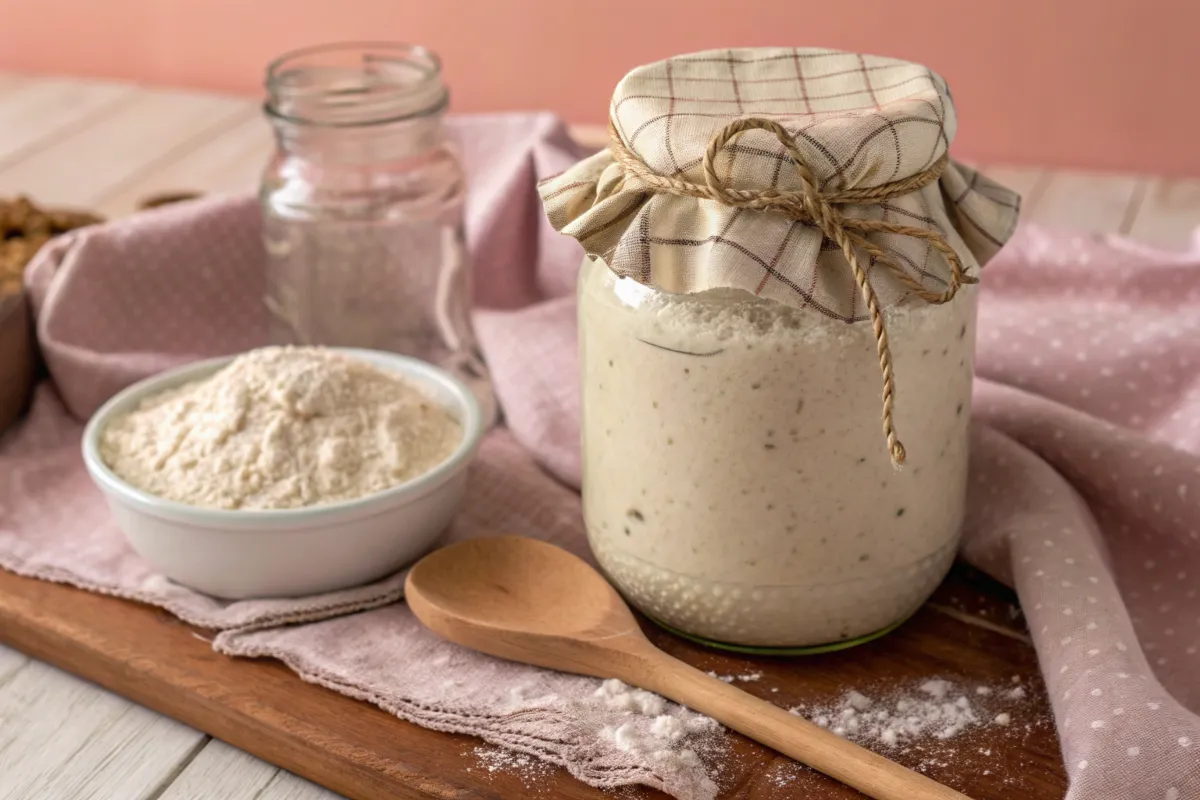
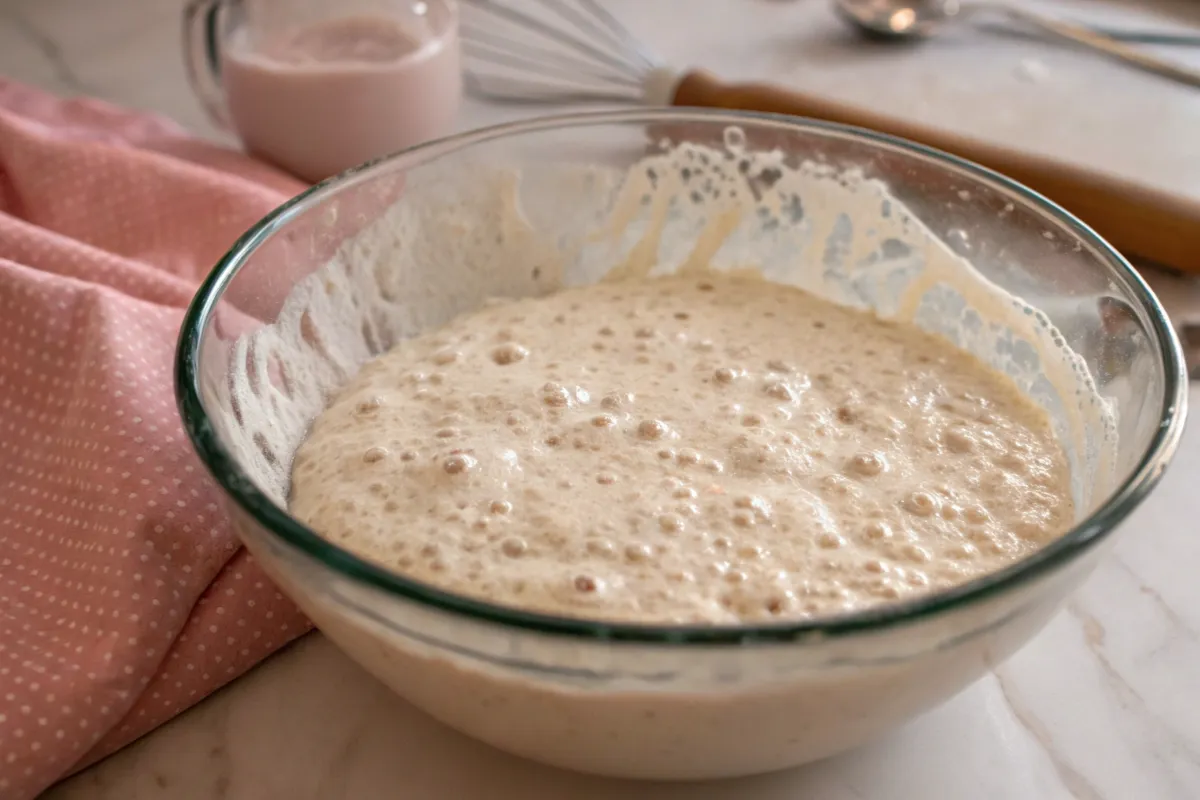
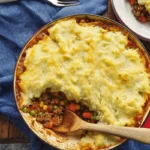
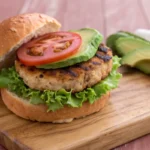

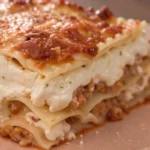

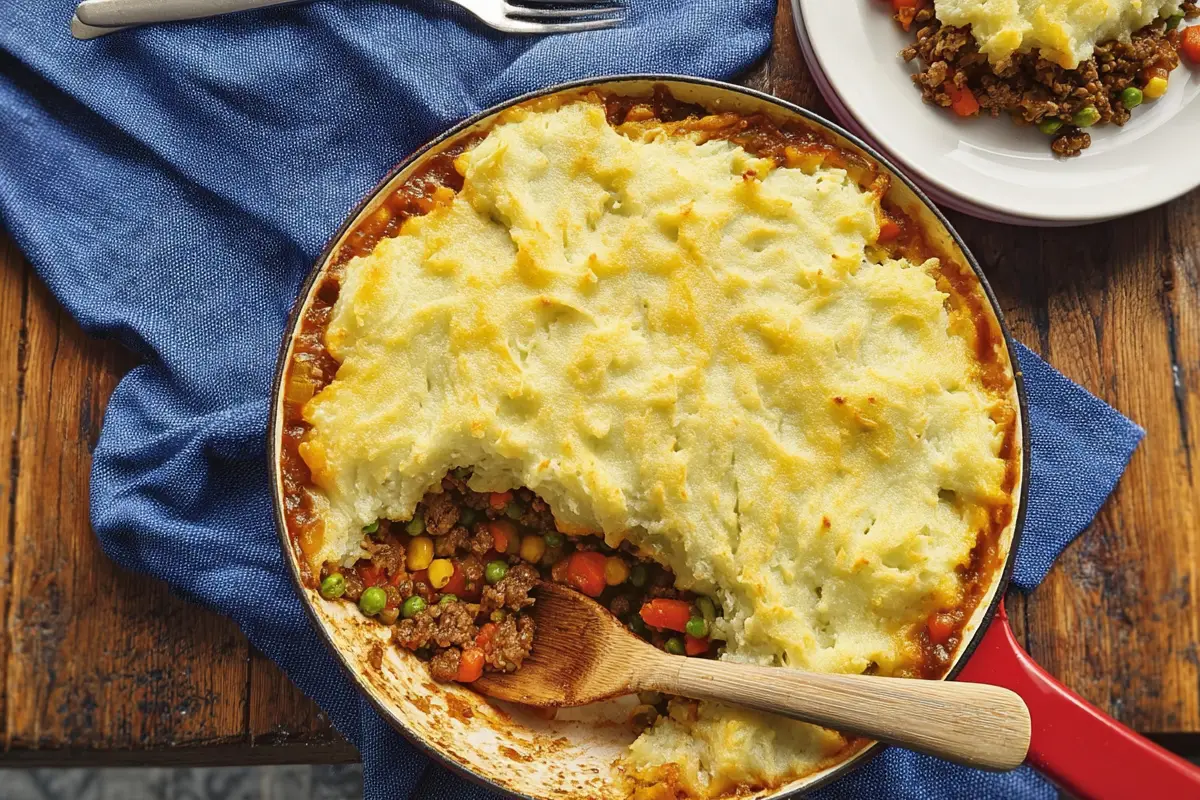
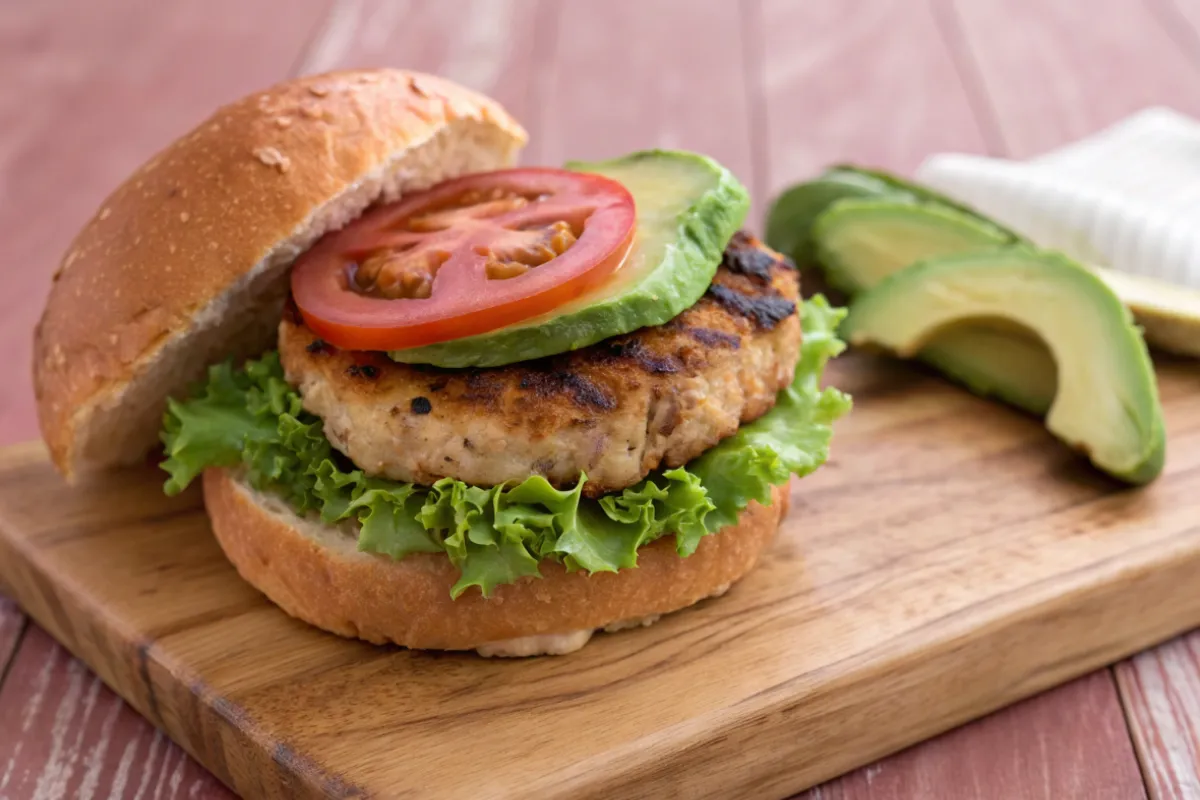
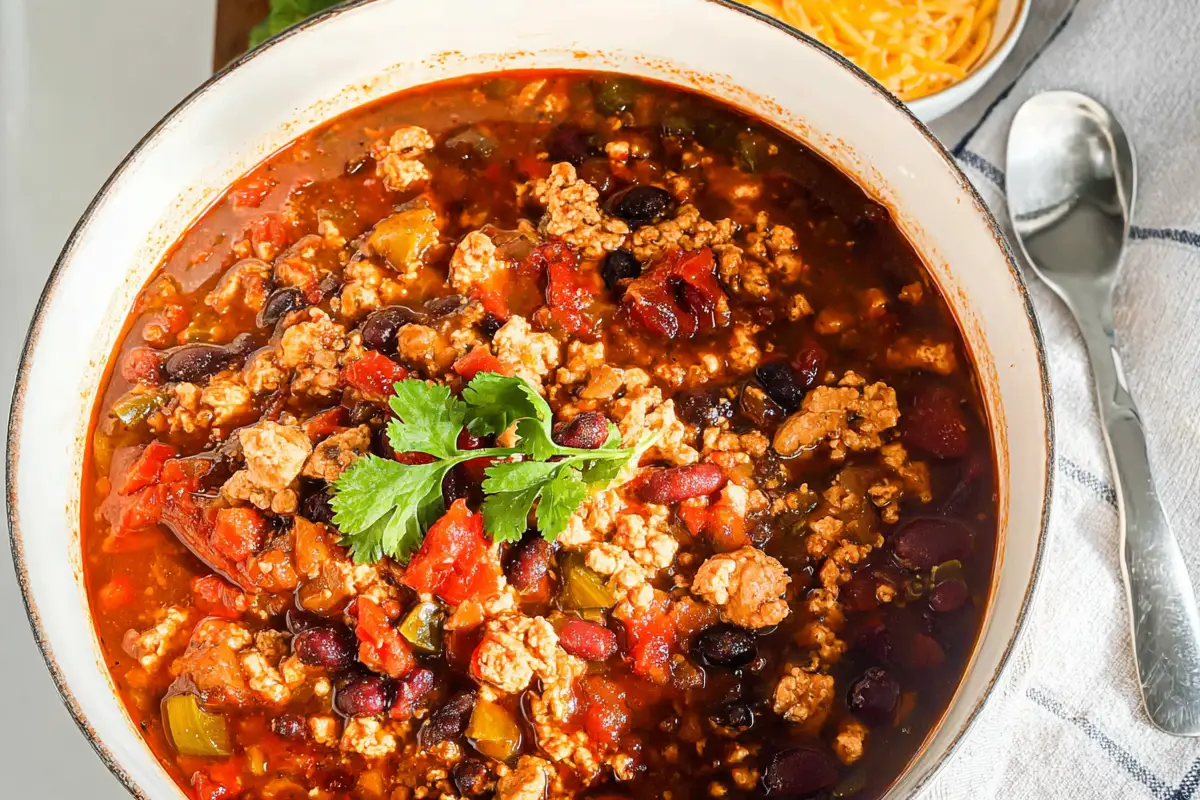
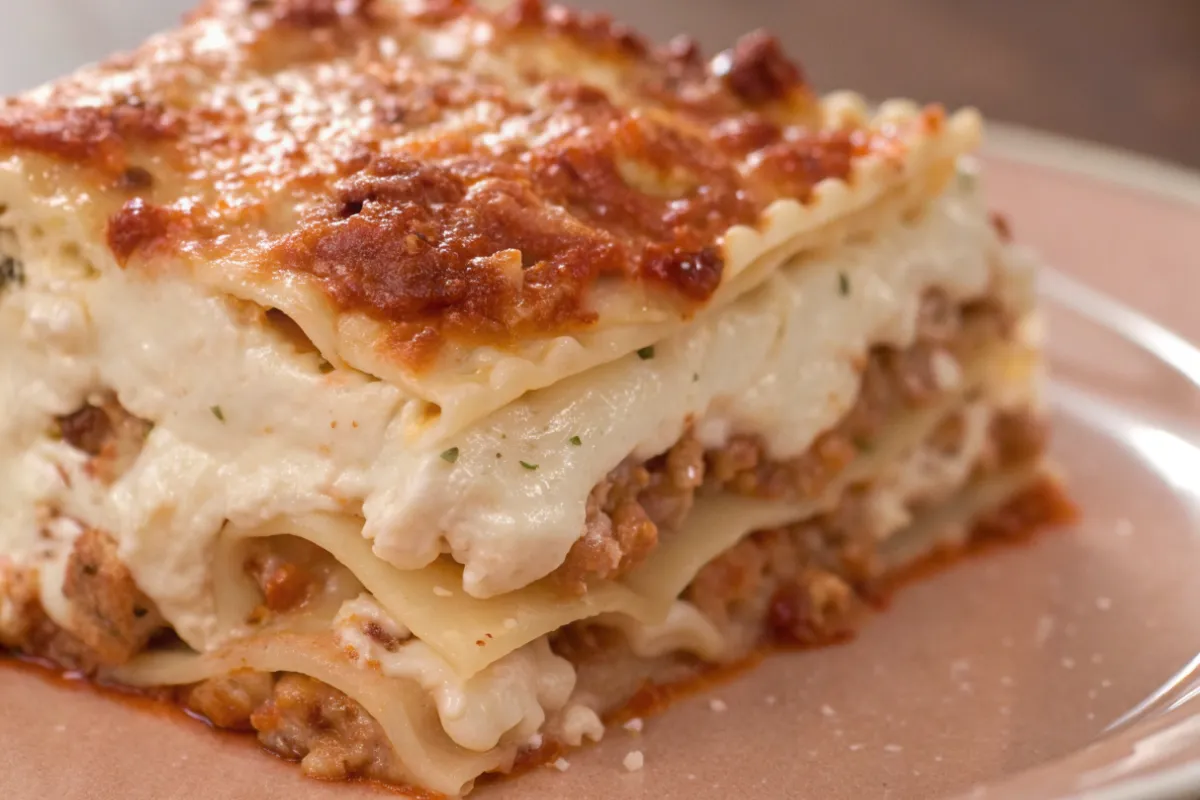
Leave a Reply